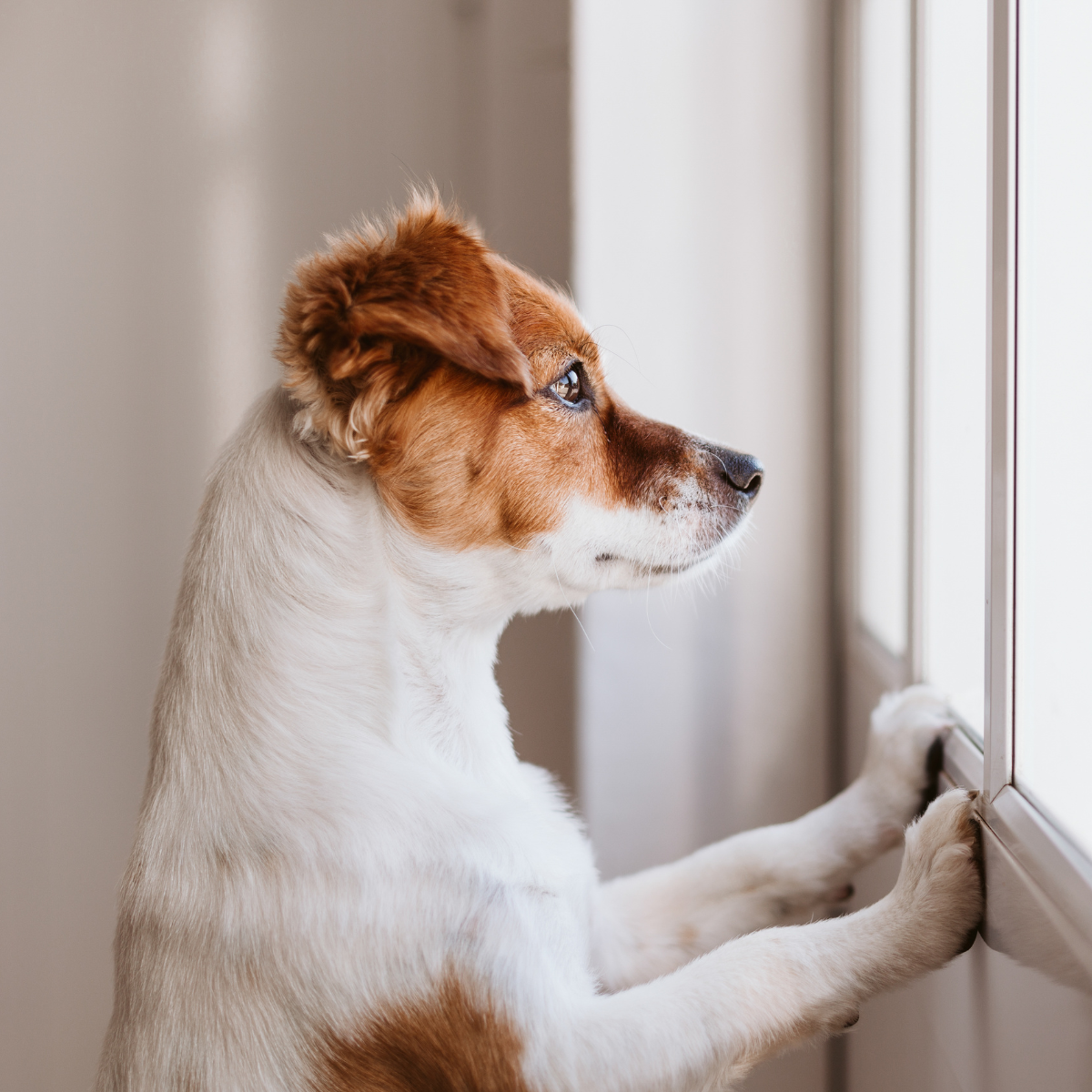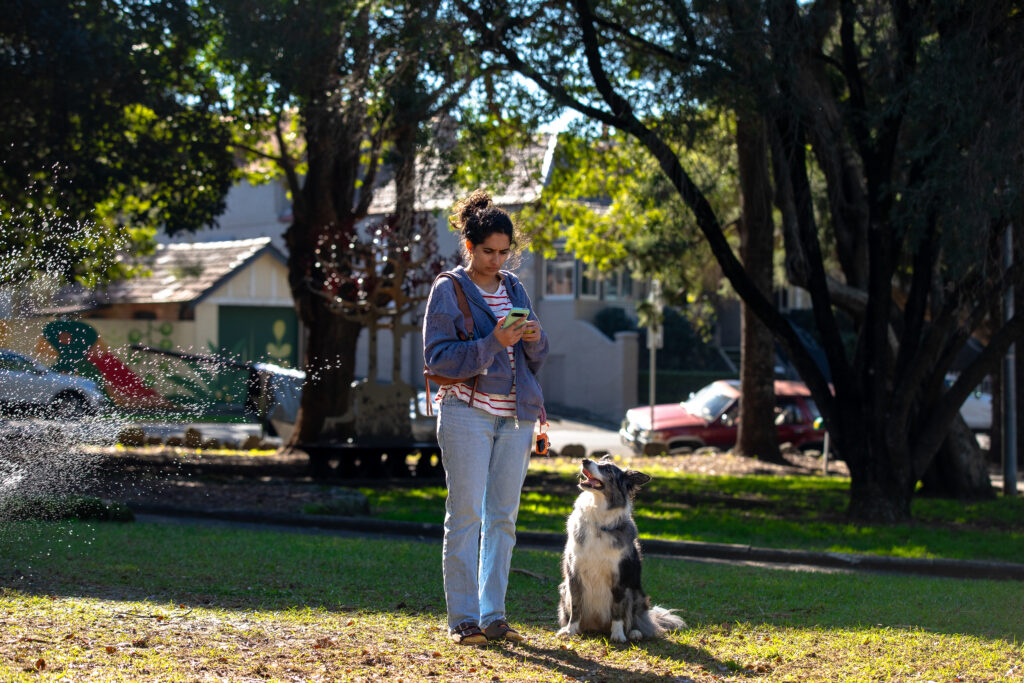Separation anxiety is a common issue many dog owners face. It happens when a dog becomes distressed due to being left alone or separated from their primary caregiver.
Recognising the signs and using effective strategies can help your dog feel more secure and at ease when you’re not around.
Common Signs of Separation Anxiety
Dogs with separation anxiety may show a variety of behaviours when left alone, including:
- Barking or Howling – Persistent vocalising when left by themselves.
- Destructive Behaviour – Chewing, digging, or trying to escape from windows or doors.
- House Soiling – Urinating or defecating indoors despite being house-trained.
- Pacing – Walking in circles or back and forth in a fixed pattern.
- Depression or Withdrawal – Seeming sad, withdrawn, or listless when you’re getting ready to leave.
These behaviours aren’t signs of disobedience – they’re your dog’s way of expressing stress and anxiety.
Possible Causes
The exact cause of separation anxiety isn’t always clear, but common triggers include:
- Changes in Environment: Moving house or rearranging the home.
- Loss/gain of a Family Member: When a person or pet in the household is suddenly gone, or new family members have come in (e.g new baby)
- Changes in Routine: Going from being home all the time to suddenly being out for long periods.
- Lack of Alone-Time Practice: Dogs that haven’t been gently introduced to spending time alone may struggle more.
Understanding the cause can help guide how you approach the solution.
Other Behaviour Problems to Rule Out
Some behaviours that look like separation anxiety might be caused by other issues.
- Excitement or Submissive Urination: Some dogs pee during greetings or when feeling nervous. They often show submissive body language like crouching or tail tucking. This is an involuntary response- the dog is unaware it’s performing this behaviour. Ignoring this behaviour early on will reduce it, punishing will make it worse.
- Incomplete House Training: Accidents indoors may mean your dog was never fully house-trained or may be afraid to go when people are nearby.
- Scent Marking: Dogs may mark territory by peeing small amounts on vertical surfaces.
- Normal Puppy Behaviour: Young dogs often chew or dig, even when you’re home. That’s likely not separation anxiety.
- Boredom: A bored dog might act out when left alone but usually doesn’t show signs of distress.
- Environmental Triggers: Some dogs bark or howl at outside noises, whether you’re home or not.
If you’re unsure, check with a vet or trainer to rule out other causes and get the right support for your dog.
Strategies to Help Your Dog
- Gradual Desensitisation
Start by leaving your dog alone for just a few minutes, then gradually increase the time. This helps them learn that you always come back. - Create a Safe, Comfortable Space
Set up a cozy area with your dog’s bed, toys, and perhaps a piece of your clothing for comfort. A calm, familiar space can ease anxiety. Crate training can also assist. - Be consistent
Avoid strict timing routines, as anxious dogs can predict our behaviour around particular timeframes, and this may increase anxiety, especially when you’re preparing to leave them. Stay consistent by feeding, walking and have playtimes within the same space of a few hours, but not strict adherence to a particular time. Reducing the dog’s ability to predict our movements will keep them unaware of leaving/return schedules and how long people may be gone for. - Don’t Punish
Avoid scolding your dog for anxious behaviours. Punishment adds to their stress and can make anxiety worse. - Keep Them Mentally Stimulated
Use puzzle toys, slow feeders, or long-lasting chews to keep their mind busy while you’re gone. - Get Professional Help if Needed
If your dog’s anxiety is severe or persistent, reach out to a veterinarian or certified behaviorist. They can offer specialised advice, training plans, or medication if necessary.
Medications
The use of medications can be very helpful, especially for severe cases of separation anxiety. Some dogs are so distraught by any separation from their pet parents that treatment can’t be implemented without the help of medication. Please speak to your vet if you believe your dog would benefit from anti-anxiety medication.
Separation anxiety can be frustrating, but it’s a fixable issue with the right approach.
With time, consistency, and compassion, your dog can learn that being alone doesn’t have to be scary. And you’ll both enjoy more peace of mind, whether you’re home or away.



